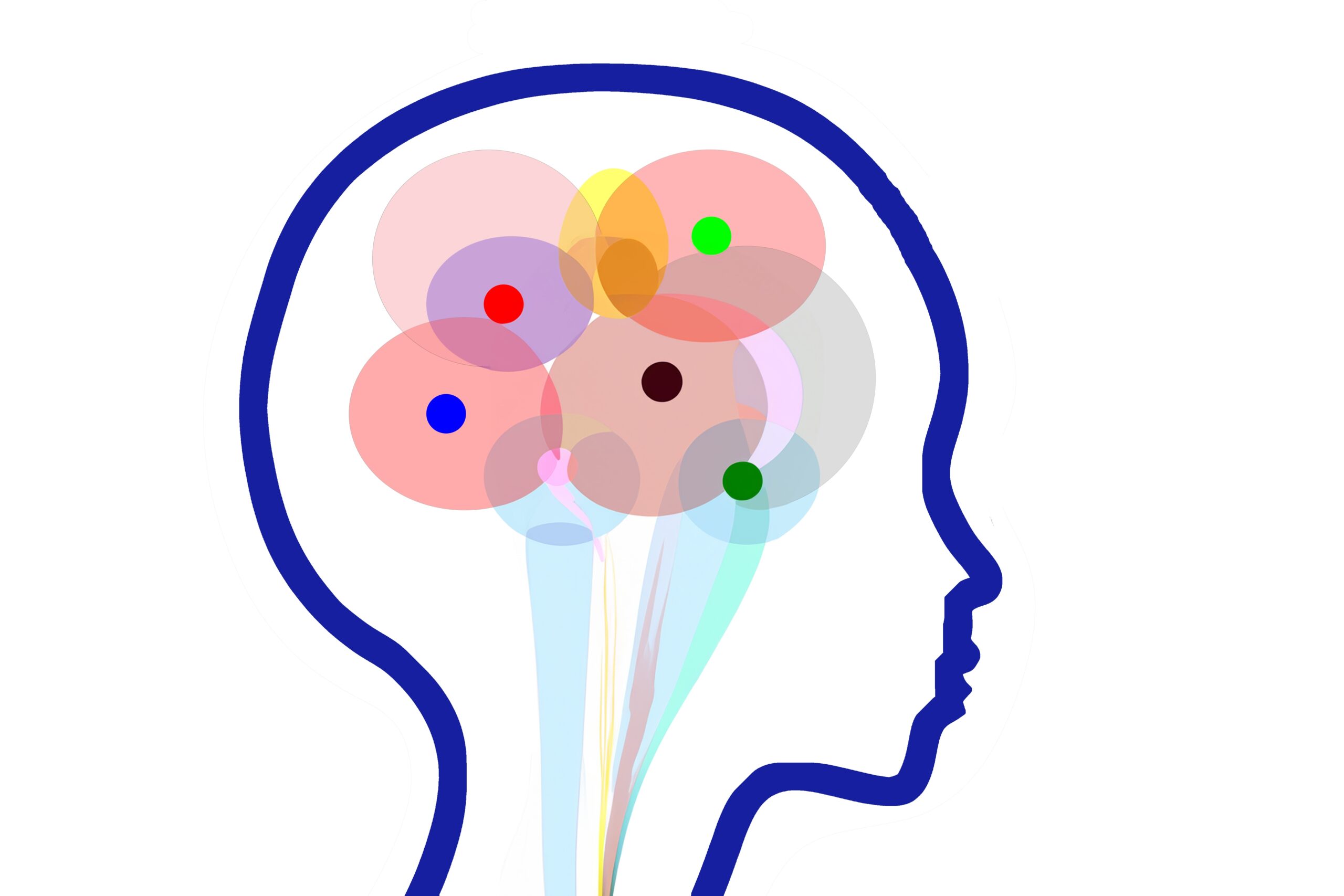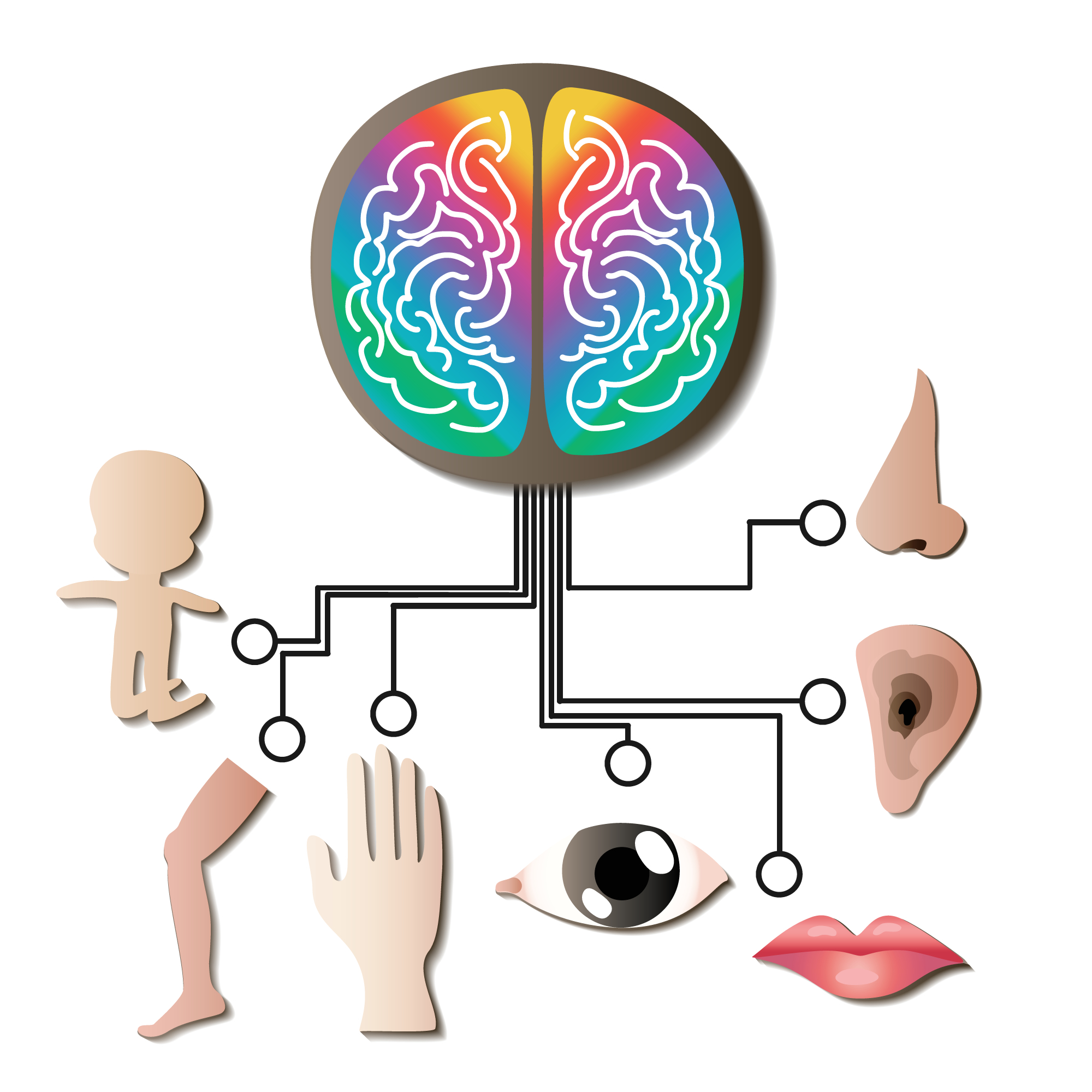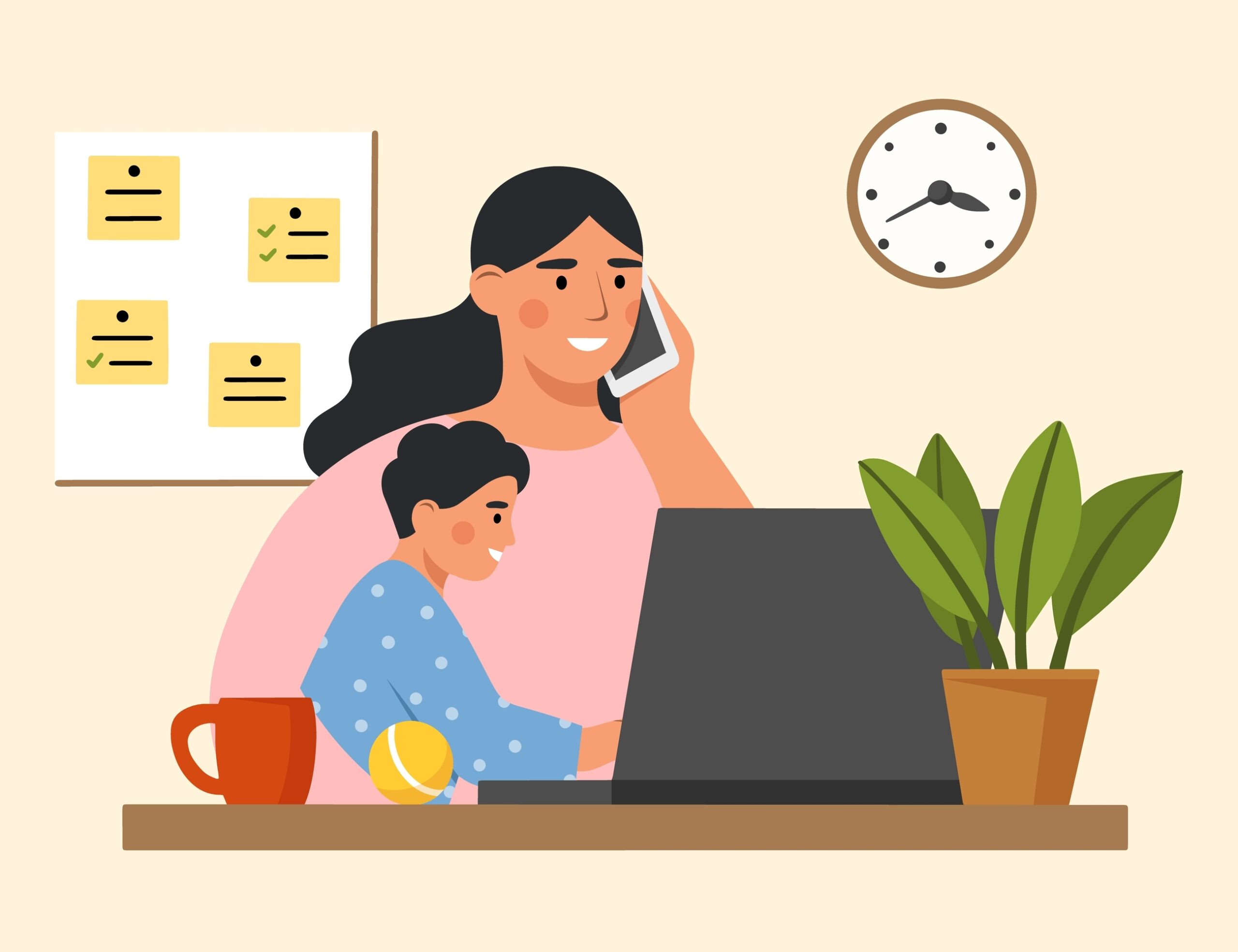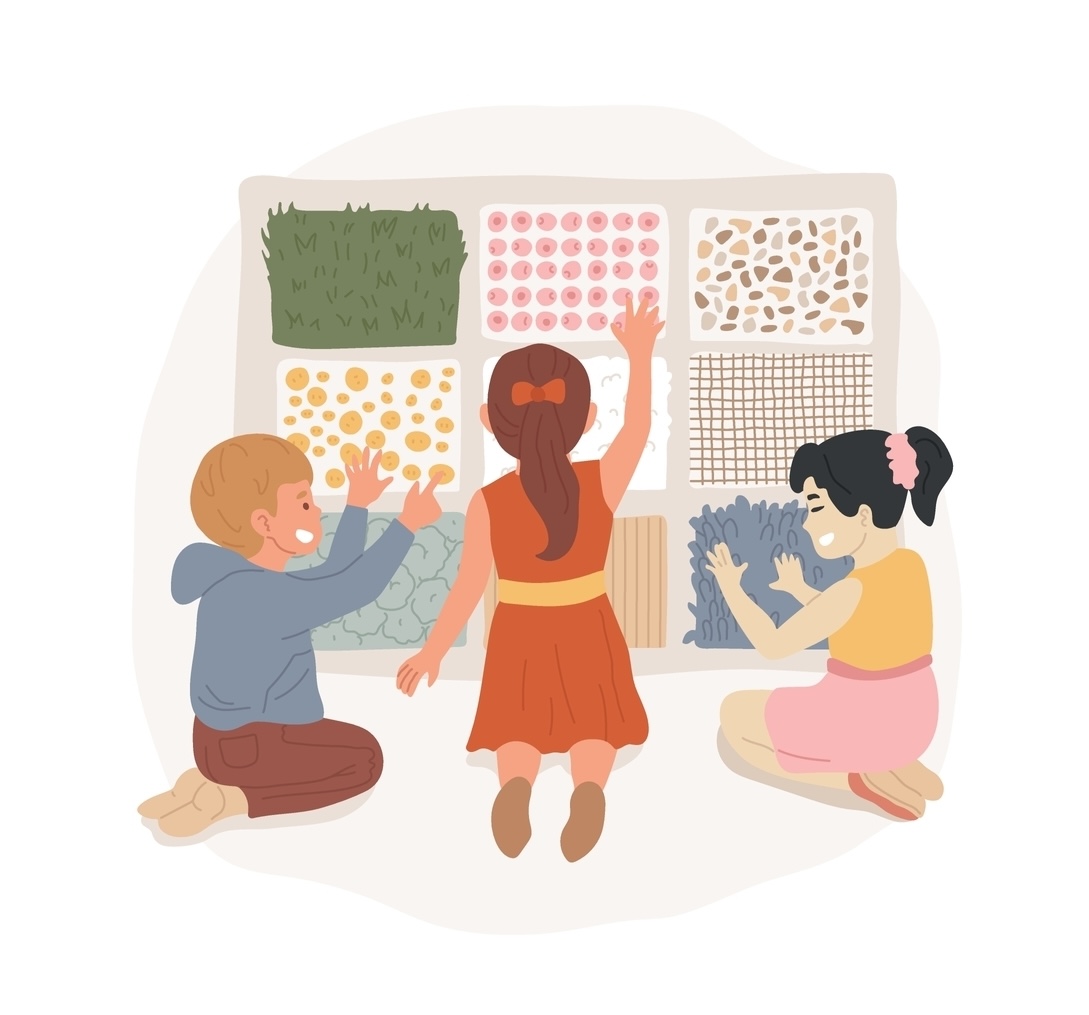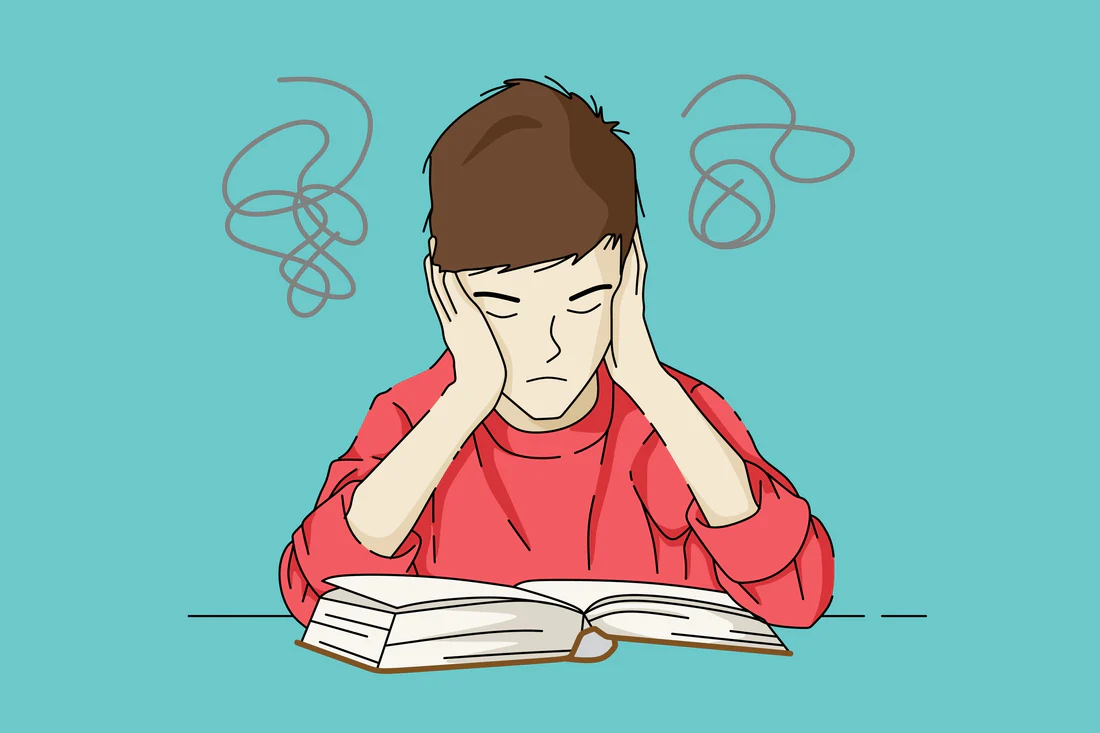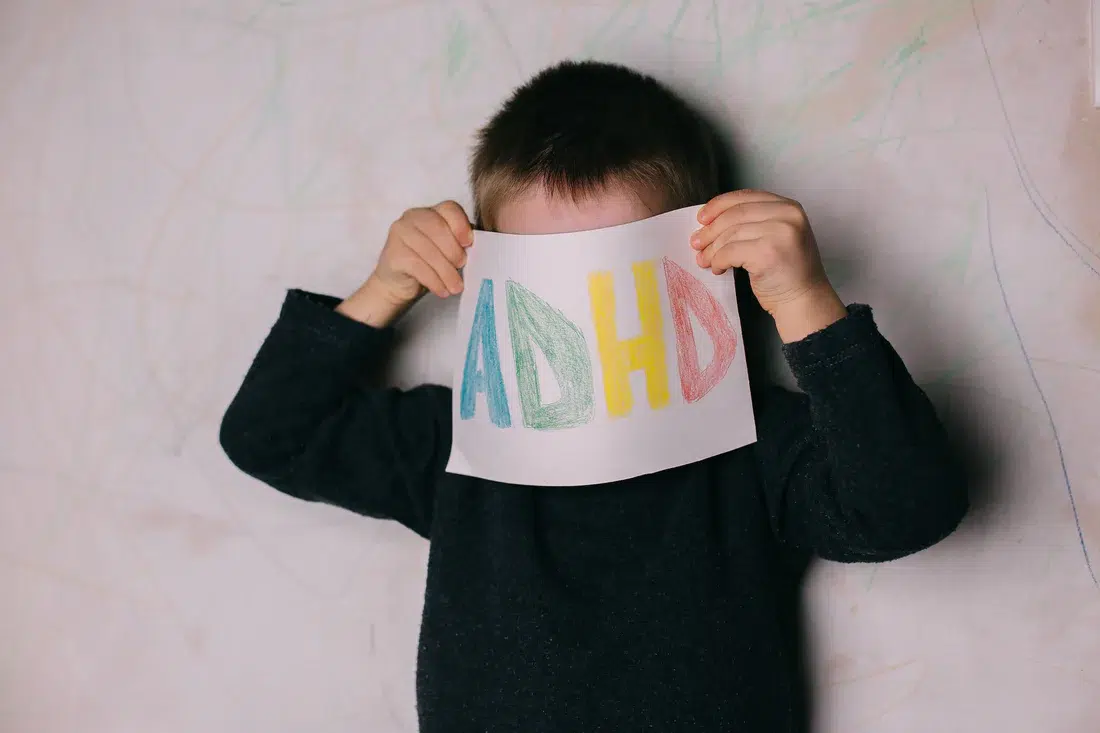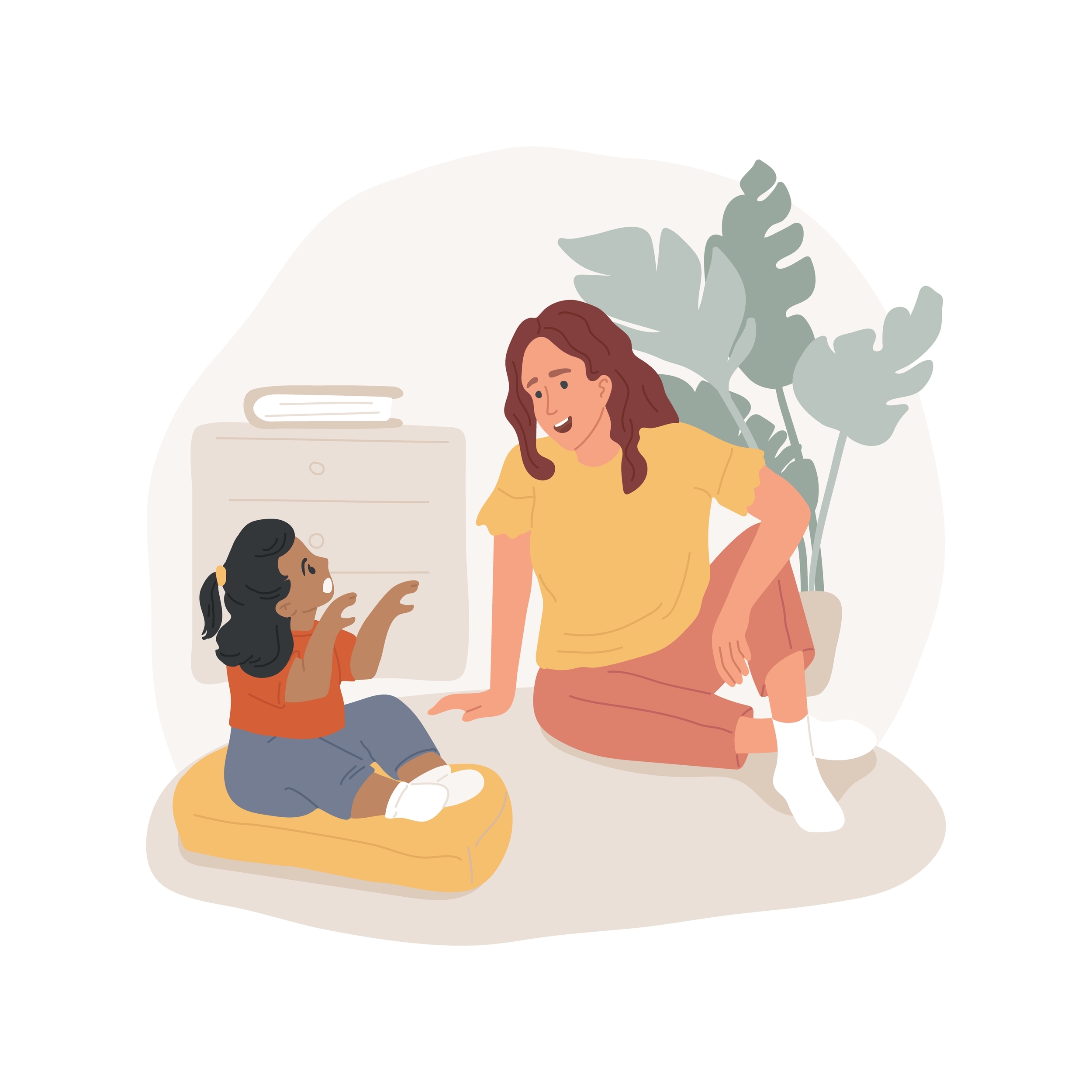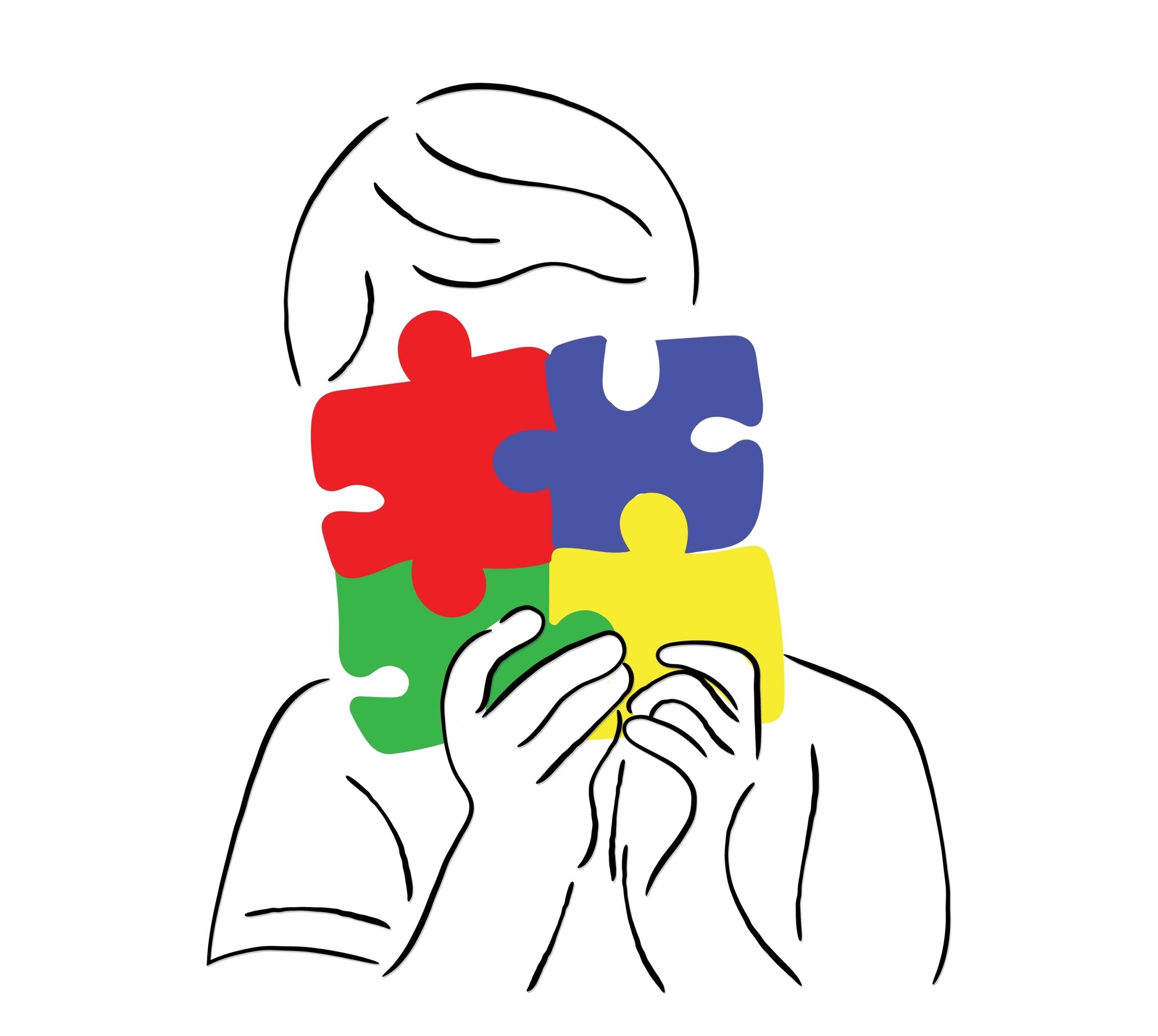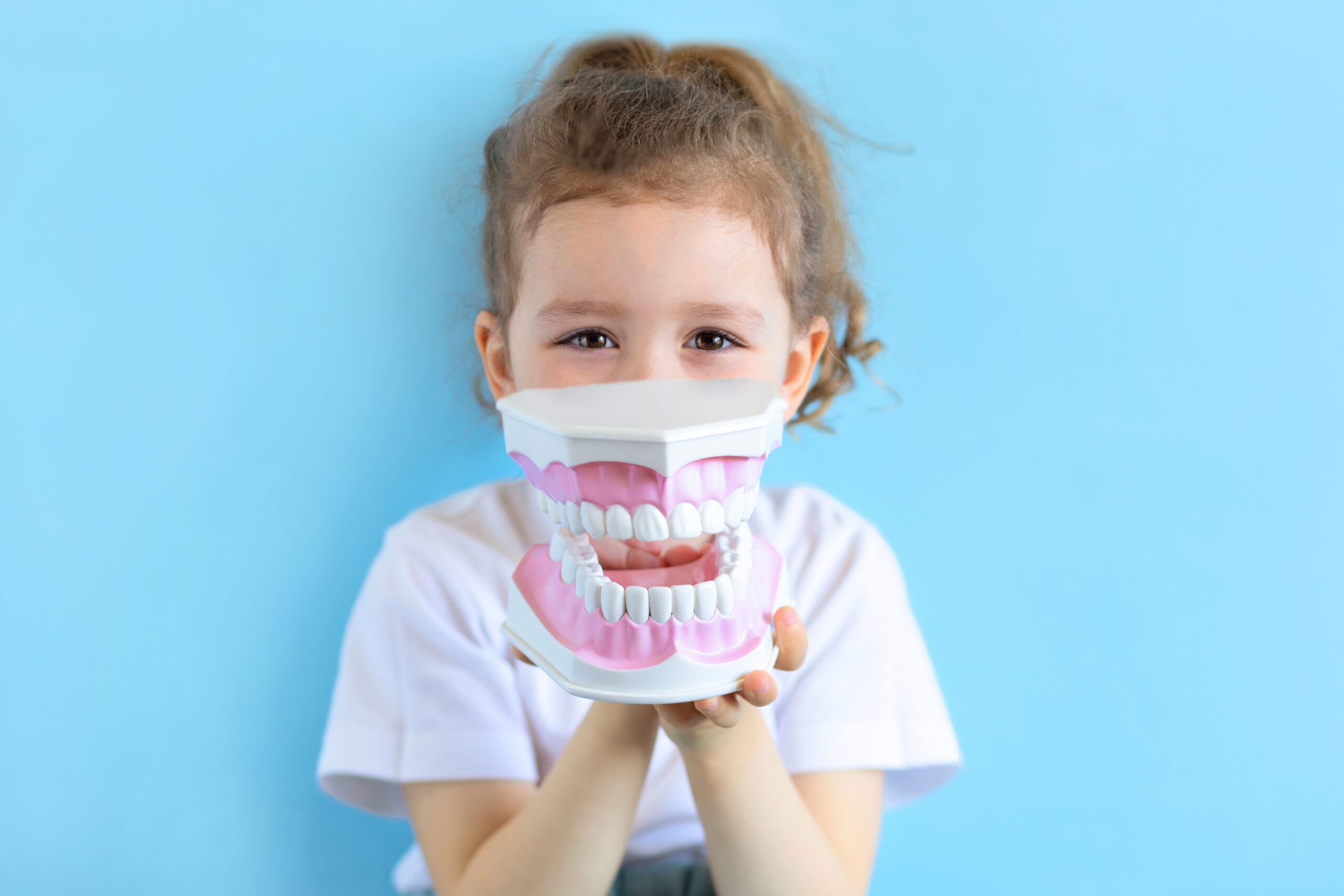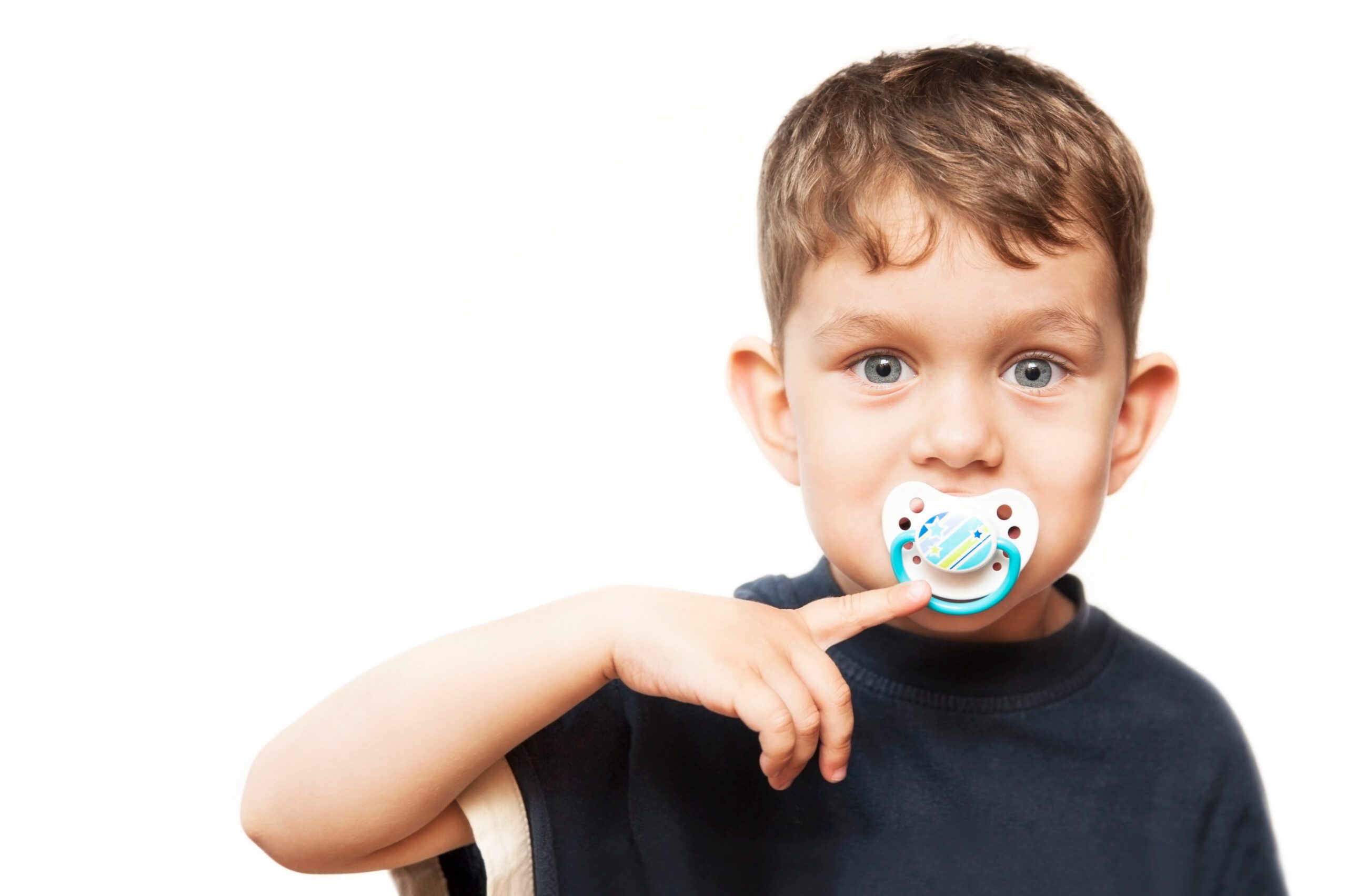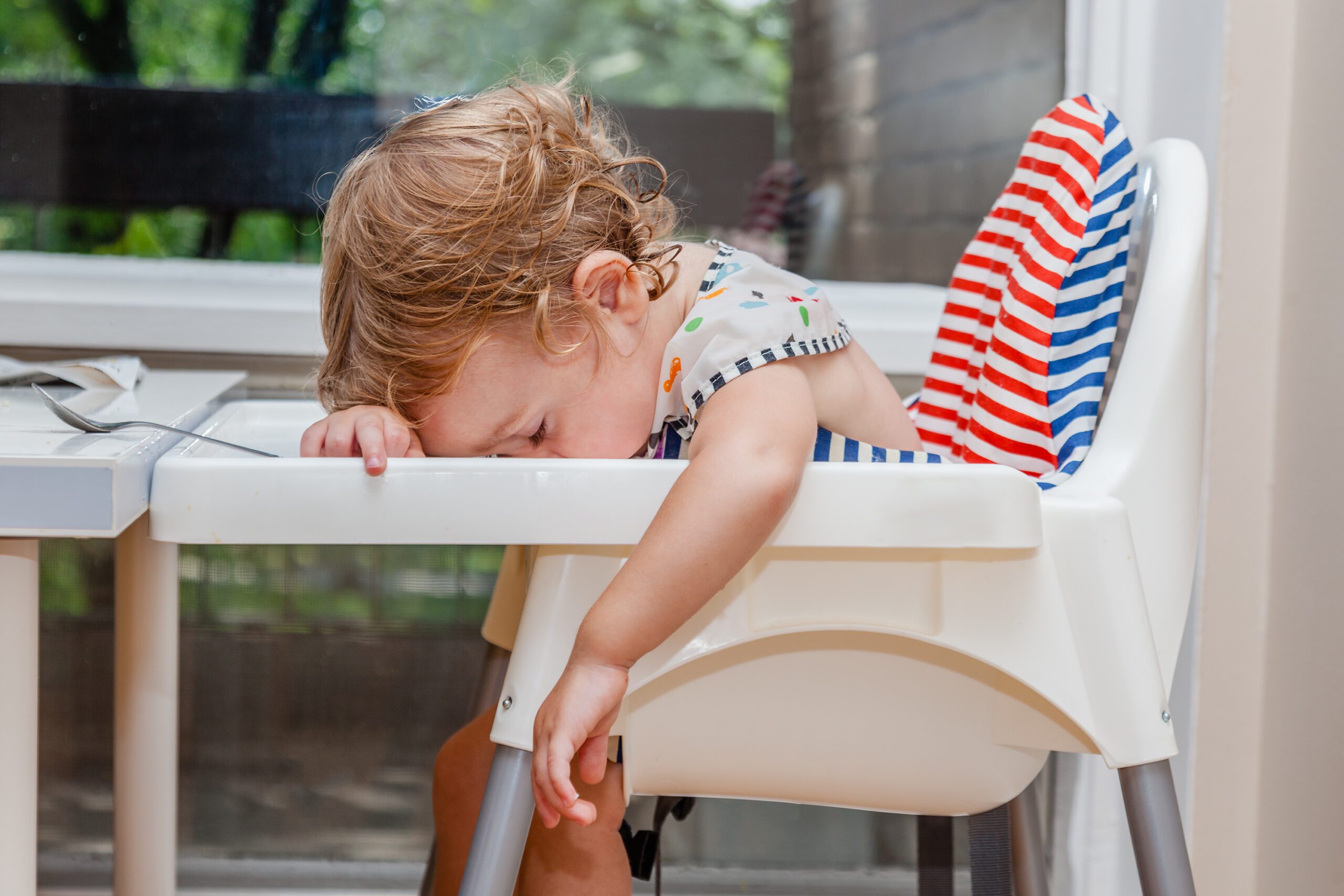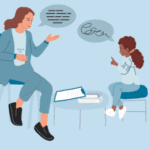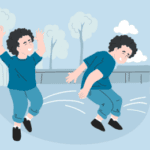
Blog
How to Support a Child with SPD and ADHD in School
Author: DrSensory
July 15, 2025
How to Support a Child with SPD and ADHD in School
The school environment is a busy, dynamic place filled with learning, social interactions, and a wide array of sensory experiences. For most children, this is an exciting world to navigate. But for a child with both Sensory Processing Disorder (SPD) and Attention-Deficit/Hyperactivity Disorder (ADHD), the classroom can feel like a constant battle. The buzzing of fluorescent lights, the scratchy tag on a uniform, and the expectation to sit still can become overwhelming obstacles to learning.
As a parent or educator, you see the child’s potential. You know their brightness and creativity, but you also see their daily struggles with focus, regulation, and participation. The dual diagnosis of SPD and ADHD presents a unique set of challenges because the two conditions often overlap and amplify each other. A child’s sensory sensitivities can make it harder to manage ADHD symptoms, while the impulsivity of ADHD can lead to sensory-seeking behaviors that are disruptive in a classroom setting.
Supporting these children effectively requires a deep understanding of their unique brain wiring. It’s about more than just managing behavior; it’s about creating an environment where they feel safe, understood, and equipped to succeed. This guide provides practical strategies and collaborative approaches to help you support a child with SPD and ADHD in school, turning challenges into opportunities for growth.
Understanding the Challenges of SPD and ADHD in the Classroom
When a child has both SPD and ADHD, their difficulties are compounded. A typical classroom is often a sensory minefield, and the executive function demands of school can be immense. Understanding how these two conditions interact is the first step toward providing effective support.
A child with ADHD struggles with executive functions like attention, impulse control, and organization. A child with SPD has trouble processing and responding to information from their senses. Together, this can look like a child who is not only easily distracted by external noises (ADHD) but is also physically pained by them (SPD auditory sensitivity). Or a child who needs to move constantly to stay focused (ADHD) might also be seeking intense sensory input to feel regulated (SPD sensory-seeking).
Common classroom challenges include:
- Difficulty with Sustained Attention: The child may struggle to filter out sensory “noise”—the hum of the air conditioner, the visual clutter on the walls, or the feeling of their chair. This sensory overload makes it nearly impossible to focus on the teacher’s lesson.
- Fidgeting and Hyperactivity: What looks like classic ADHD restlessness may also be a sensory need. The child might be rocking in their chair, tapping their feet, or chewing on their pencil to get the proprioceptive or vestibular input their nervous system craves to feel organized and calm.
- Emotional Dysregulation: A child might have an unexpectedly strong emotional reaction—a meltdown over a transition or frustration with a task. This could be triggered by sensory overstimulation combined with the emotional impulsivity common in ADHD.
- Trouble with Transitions: Moving from a preferred activity to a non-preferred one is hard for many kids with ADHD. Add a sensory component—like moving from a quiet classroom to a loud, chaotic hallway—and the transition becomes even more dysregulating.
- Social Challenges: The child may misread social cues due to attention difficulties, while their sensory needs might lead them to stand too close to peers or play too roughly, creating social friction.
Recognizing that these behaviors are not a choice but a manifestation of the child’s neurology is crucial. They are not trying to be difficult; they are trying to survive in an environment that their brain is not built for.
Sensory-Friendly Classroom Strategies
Creating a more sensory-friendly classroom doesn’t require a complete overhaul. Small, thoughtful adjustments can make a world of difference for a child with SPD and ADHD, helping them feel more regulated and ready to learn. These strategies can benefit all students in the classroom.
Visual Environment:
- Reduce Clutter: Minimize visual distractions on walls and surfaces. Use neutral-colored backgrounds for bulletin boards and only display essential information.
- Calming Lighting: Replace standard fluorescent lights with full-spectrum bulbs if possible. Use lamps to create softer lighting in certain areas. Light filters that fit over fluorescent fixtures can also reduce overwhelming glare and flickering.
Auditory Environment:
- Minimize Noise: Place tennis balls on the legs of chairs and desks to reduce scraping sounds. Establish quiet signals to get the class’s attention instead of raising one’s voice.
- Provide Auditory Buffers: Allow the student to use noise-reducing headphones or earbuds during independent work to block out distracting background noise.
Movement and Seating:
- Flexible Seating: Offer options beyond the traditional desk and chair. Wobble stools, exercise balls used as chairs, or standing desks allow for movement while seated, providing the vestibular input many children with ADHD and SPD need to focus.
- Incorporate Movement Breaks: Build short, structured movement breaks into the daily schedule. This could be a quick stretch, a walk to the water fountain, or “heavy work” tasks like carrying books or pushing a cart.
Tactile and Organization:
- Fidget Tools, Not Toys: Provide quiet, non-distracting fidget tools (e.g., putty, stress balls, chair bands) that can be used discreetly to help with focus and regulation. Set clear expectations for their use.
- Organized Spaces: Help the child keep their desk and supplies organized with clear bins, color-coded folders, and visual checklists. A tidy space reduces visual overstimulation and supports executive function challenges.
Tools and Accommodations to Help Your Child Succeed
In addition to classroom-wide strategies, specific tools and formal accommodations can provide targeted support. These should be outlined in an Individualized Education Program (IEP) or 504 Plan to ensure they are implemented consistently.
Sensory Regulation Tools:
- Weighted Lap Pads or Vests: These provide deep pressure, which has a calming and organizing effect on the nervous system. They should be used for short periods (e.g., 20 minutes) during seated tasks that require focus.
- Chewable Jewelry or Pencil Toppers: For children who have an oral sensory need, these provide a safe and appropriate way to get that input without destroying clothing or supplies.
- Chair Bands: These large elastic bands stretch around the front two legs of a chair, giving the child a quiet way to kick or push with their feet.
Academic and Executive Function Accommodations:
- Preferential Seating: Seat the child away from high-traffic areas, windows, or doorways to minimize distractions. Proximity to the teacher can also help with focus.
- Chunking Assignments: Break down large assignments or tests into smaller, more manageable parts. This reduces feelings of overwhelm and makes it easier to initiate tasks.
- Visual Schedules and Timers: A visual schedule of the day helps the child anticipate transitions. Using a visual timer for tasks can help them understand the passage of time and stay on track.
- Use of Technology: Allow the student to use tools like speech-to-text software, graphic organizers, or note-taking apps to bypass challenges with writing or organization.
- Extended Time: Provide extra time for tests and assignments to accommodate for slower processing speed or the need for regulation breaks.
Collaborating with Teachers and School Staff
Your child’s success at school depends on a strong partnership between home and school. Open, respectful, and proactive communication is the foundation of this partnership. You are the expert on your child, and the teacher is the expert on the classroom. Together, you can create a powerful support system.
Steps for Effective Collaboration:
- Schedule a Meeting Early: Don’t wait for problems to arise. Schedule a meeting with your child’s teacher, the school counselor, and any other relevant staff (like the occupational therapist) at the beginning of the school year.
- Share Information Proactively: Create a one-page “About Me” document for your child. Include their strengths, interests, challenges, specific triggers, and strategies that work well for them at home. This provides a positive and practical introduction.
- Focus on Solutions, Not Problems: When discussing challenges, frame the conversation around collaborative problem-solving. Instead of saying, “My child can’t sit still,” try, “My child focuses best when they can move. What are some ways we could build movement into their day at school?”
- Establish a Communication Plan: Agree on a regular method of communication. This could be a weekly email, a shared communication log, or a quick phone call. Consistent check-ins help you stay ahead of potential issues.
- Advocate for an IEP or 504 Plan: If your child’s SPD and ADHD are impacting their ability to learn, they are entitled to legal protections and accommodations under the Individuals with Disabilities Education Act (IDEA) or Section 504. These formal plans ensure that the necessary supports are documented and implemented.
By working together as a team, you, your child’s teachers, and school staff can create a consistent and supportive environment that fosters your child’s academic, social, and emotional growth. It is a journey that requires patience, creativity, and a shared belief in your child’s potential to thrive.

Frequently Asked Questions (FAQ)
❓What are the signs that my child with SPD and ADHD needs extra support in school?
If your child struggles with focus, has frequent meltdowns, avoids certain activities, or has difficulty transitioning between tasks, they may need additional support. These behaviors often indicate sensory or attention challenges that can be addressed with accommodations and strategies.
❓How can I advocate for an IEP or 504 Plan for my child?
Start by requesting a formal evaluation from your child’s school. Provide documentation from healthcare professionals, such as an occupational therapist or pediatrician, to support your request. Work with the school team to outline specific accommodations that address your child’s needs.
❓What are some sensory tools that can help my child focus in class?
Tools like noise-canceling headphones, fidget items, weighted lap pads, and chair bands can help children with SPD and ADHD stay regulated and focused. Discuss these options with your child’s teacher to ensure they are used effectively.
❓How can I help my child transition between activities more easily?
Use visual schedules, timers, and verbal warnings to prepare your child for transitions. Practice these strategies at home to build consistency and help your child feel more comfortable with changes in routine.
❓How do I ensure my child’s teacher understands their needs?
Schedule a meeting with the teacher early in the school year to share information about your child’s strengths, challenges, and effective strategies. Provide a one-page summary or “About Me” document to help the teacher quickly understand your child’s unique needs.
related blogs
Your child is constantly moving, crashing into furniture, or having meltdowns in response to seemingly minor things like a loud
Your toddler refuses to wear certain clothes, has huge meltdowns in noisy places, or is an extremely picky eater, limited
Your child seems to miss verbal instructions, struggles to follow conversations in noisy environments, and often asks "what?" even when
On the surface, autism and Ehlers-Danlos syndrome (EDS) might seem like two entirely unrelated conditions. One is a neurodevelopmental condition
The intense head pain begins, lights feel blindingly bright, and every sound seems amplified to an unbearable level. You retreat




